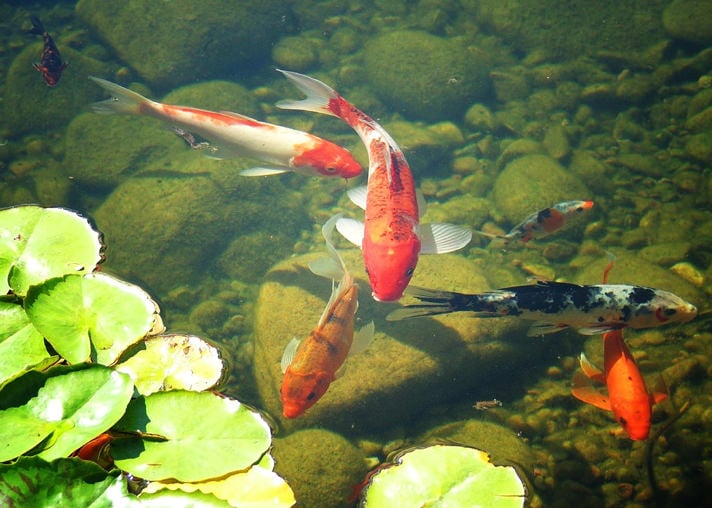Every summer problems arise with keeping fish aquarium temperatures in the range that is comfortable for fish. This is especially important with reef aquariums and corals in general, but it is also relevant for any fish aquarium and any fish. When aquarium water temperature rises, you get a sort of “double whammy.” As the aquarium water temperature rises, the metabolism of the fish also rises, and the fish require more oxygen in the water. However, as aquarium water temperature rises, the water actually holds less dissolved oxygen. As you can see, higher fish aquarium temperatures can be a real problem.
Mechanical
The most obvious remedy for a fish aquarium that is overheating is mechanical. Air condition the room the fish aquarium is in. This will keep the room and fish aquarium temperature consistent. Fishkeepers can also use a chiller on the fish aquarium. A chiller is usually a must have for marine reef aquariums. Another remedy is to set up a fan blowing on low speed over the surface of the fish aquarium. The first two options can be expensive, not only for the equipment, but also for the electricity to run them. The fan method is good, but it really doesn’t do a great deal in terms of lowering fish aquarium temperatures.
Water Bottles
A low-tech, low-cost, but effective solution to lowering fish aquarium temperatures is to freeze plastic bottles with water in them. Depending on the size of the fish aquarium and how much cooling you have to do, you need to experiment to see if small bottles will do the trick, or if you need to upsize to larger bottles. In any case, freeze at least three bottles of whichever size you decide the aquarium needs. When you fill the bottle with water and put it in the freezer, be sure to leave the top off, or you run the risk of cracking the bottle. A frozen bottle of water is perfect for cooling down a fish aquarium. Experimenting with the size and number of bottles you need, and how often you need to change them, is something that each hobbyist has to do on their own. The plastic bottle puts something between the ice and the fish, and you are not messing around with the aquarium water in any way. To be even safer, some folks may want to wrap the plastic ice bottle with a plastic fish bag.
Credit for this method goes to Maurino Viveiros, fish room manager and assistant store manager for Rumford Pet Center, in East Providence, Rhode Island.
Posted by: Chewy Editorial
Featured Image: Ben Popik/Flickr
Share:









